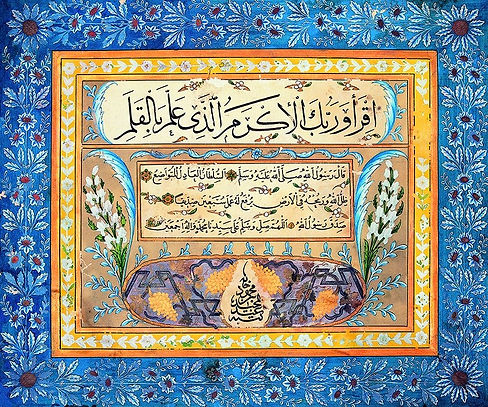


Antiques are objects that are considered valuable because of their age, rarity, historical or cultural significance, and generally because of their beauty or craftsmanship. These items are usually at least 100 years old, but the exact description may vary depending on the context and the specific item.
Some antiques are very expensive because they are rare or unique. For example, a rare antique piece may be one of the few in existence, making it highly sought after by collectors. Additionally, some antiques may have been made by famous artists or craftsmen and added to their value. The condition of an antique can also greatly affect its value, with items in pristine condition typically offering a higher price.
Antiques can also be expensive because of their historical or cultural significance. For example, furniture belonging to a famous historical figure, such as a president or monarch, may be highly sought after by collectors or museums. Similarly, an ancient artifact belonging to a historically significant event or culture may be considered invaluable by some collectors.
Another factor that can affect the value of antiques is market demand. If there is high demand for a particular type of antique, such as a particular furniture style or a particular art period, the prices of these items may increase accordingly. Auctions and other outlets can also increase the prices of antiques through competitive bidding.
Generally, the value of an antique is determined by a combination of its rarity, historical or cultural significance, condition, and market demand. Some antiques can be quite expensive, while others may be more affordable and accessible to collectors and enthusiasts.

Ottoman Empire Antiques
Ottoman antiques are items from the Ottoman Empire that existed from the 14th to the early 20th centuries and covered a large area that included parts of Europe, Asia and Africa. Ottoman antiques are very valuable due to their beauty and craftsmanship, as well as their historical and cultural significance.
One of the most popular types of Ottoman antiques is furniture, especially wooden pieces such as chairs, tables and cabinets. Ottoman furniture is known for its intricate carving and inlay designs, often featuring floral or geometric motifs. Some pieces may also contain mother-of-pearl or bone inlays, which adds to their beauty and value.
Textiles are another important category of Ottoman antiques, including rugs, carpets, and textiles used for clothing or home decoration. Ottoman textiles are usually made of high-quality materials such as silk or wool and have intricate patterns and designs. One of the most famous examples of Ottoman weaving is silk fabrics produced in the city of Bursa and highly valued throughout the empire.
Other popular types of Ottoman antiques include metalwork, ceramics and jewellery. Ottoman metalwork often features intricate designs such as carved or filigree patterns and can be made of materials such as silver, copper or brass. Ottoman pottery includes pottery, tiles, and other decorative objects, often featuring colorful patterns and calligraphy. Ottoman jewelry is known for its intricate patterns and calligraphy, as well as precious metals and stones.
Overall, Ottoman antiques offer a glimpse into the rich history and culture of the Ottoman Empire and are highly prized by collectors and enthusiasts around the world.

